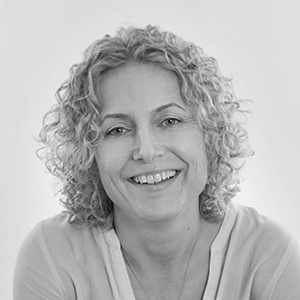Interview: James Willcox – What we've learnt on our Net Zero journey
Tue 5th Dec 2023 by Sally Smith
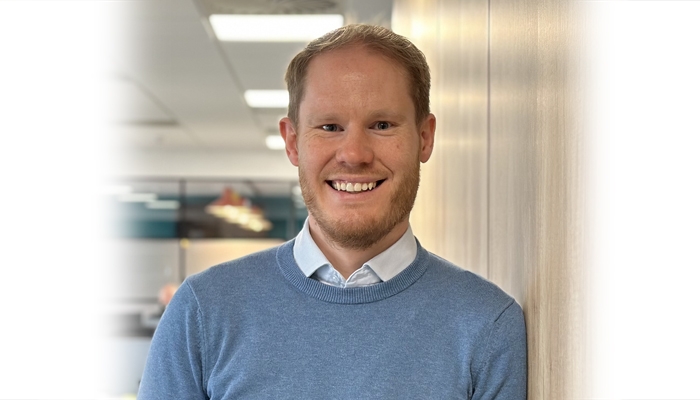
Interview: James Willcox – What we've learnt on our Net Zero journey
James Willcox, head of sustainability for retirement homes specialist Inspired Villages, shows Sally Smith around the company's new Millfield Green 'village' in Bedfordshire – the first of 25 Net Zero retirement developments – and tells her about the company's journey to Net Zero by 2030.
Q: What were your key parameters at the start of the development to go about achieving Net Zero?
A: When you are trying to do anything for the first time there are so many choices in front of you and deciding which is the right direction to go in was definitely a challenge. It’s a fast-changing world in respect of climate change. We need to keep an open mind and get it right – we can’t afford to redo things in this sphere.
When we made a decision about the PV solar panels and innovative ground source heat pumps from Kensa we had to base our decision on the best environmental practises at the time along with an element of future gazing and confidence in the companies we had partnered with, to meet the evolving Net Zero requirements of the village as it was built.

Q: Are there key environmental requirements a supplier must have before you work with them?
A: We have a preferred supplier list that we review regularly and we are strict in the accountability and stewardship of these companies. They must show us evidence of a responsible sourcing policy and robust environmental management systems need to be in place so we can have confidence in that product.
We are constantly looking for suppliers that are ahead of us on their Net Zero journey, and Hansgrohe is a good example of a company that is aligned with our Net Zero aspirations at Inspired Villages. We have installed their low flow taps and showerheads in all our residents' bathrooms at Millfield Green. Normal flow is 8 litres per minute. We have installed 4 litres per minute that will half the water supply we use. We are also working with them to look at replacing some plastic parts in the shower heads for our future developments
We collate as much information as possible about a product – what it is made from, where it is produced, its transportation, durability, end of life and arriving at a balanced outcome is really important.
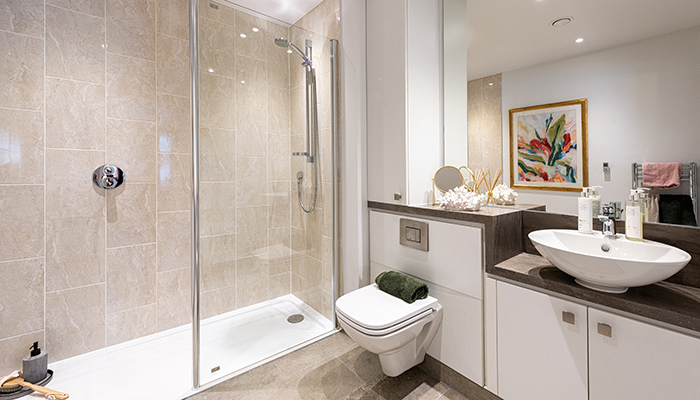
Q: How do you keep ahead in terms of Net Zero innovations in such an evolving market?
A: What I’ve learnt is no-one knows the product like the manufacturer. I like to develop an open partnership with our manufacturers and share any issues we have alongside sharing positive feedback. I’m curious and want to know what’s next and how we can make products more efficient in terms of achieving Net Zero.
We actively want to work with manufacturers that will respond to the challenges of achieving Net Zero and have a thriving and forward thinking view on Research & Development. The companies we work with need to evolve to survive and that’s the exciting aspect in sustainable development and is key in driving our developments forward.
Q: Is it difficult to align the needs of your older residents with the Net Zero target for 2030?
A: The health and safety of our residents are a priority and all our decisions are based on a balance between the wellbeing of our residents and sustainability. We use Symphony Kitchens' Freedom range as they can provide us with lower worktops, ideal for our less mobile residents. And they tick the box for sustainability. They are UK based and provide us with embodied carbon [CO₂ emissions associated with materials and construction processes throughout the whole lifecycle of a building] and the longevity of life we are looking for and reduced transportation of materials. We have a unique agreement with them that if a kitchen range is going to be discontinued, that we have used kitchens in our developments, Symphony Kitchens will keep some doors for us so we can refresh the kitchens when we need to without having to replace the entire kitchen.
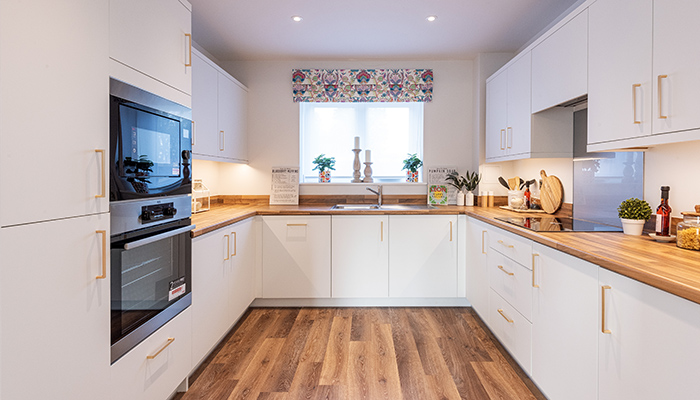
Q: What advice would you give to kitchen and bathroom brands hoping to meet your objectives of Net Zero?
A: Ideally we would like all our appliances to be A rated using electricity rather than gas and prefer low-flow taps and showers. Key questions for us are: Does the manufacturer offer a take back or replacement scheme? Can parts of products, rather than whole products, be replaced and repaired, and how available are they?
We have key product accreditations that we are looking for in respect of Environmental Product Declaration EPD – it's an objective report based on the Life Cycle Assessment of a product and assesses the potential environmental and human health impacts of a product. For us it is going to be the gold standard going forward when we are looking for suppliers. It’s the corporate responsibility of the team at Inspired Villages to drive change to achieve Net Zero and we look for suppliers who do the same.
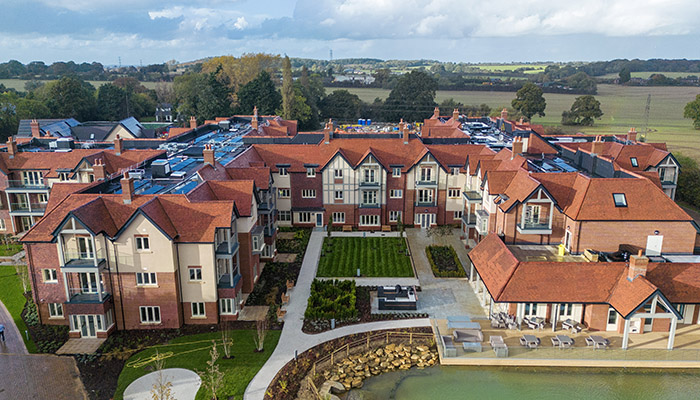
Tags: interview, features, james willcox, inspired villages, net zero, kitchens, bathrooms



